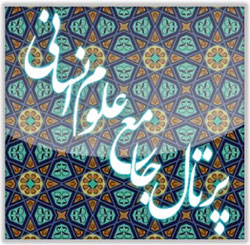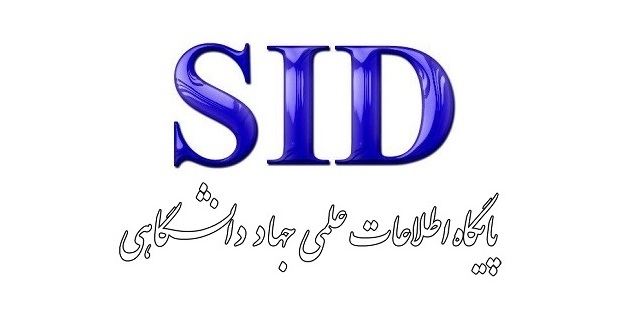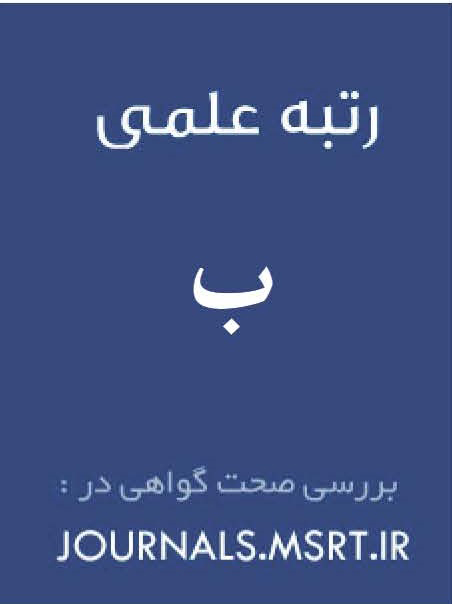Intertextual Analysis of Saadi’s Bustan and Al-Mutanabbi’s Qasidas Based on Gérard Genette’s Transtextuality Approach
Keywords:
Comparative Literature, Transtextuality, Genet, Saadi, MutanabbiAbstract
In addition to revealing the linguistic and intellectual influence of Al-Mutanabbi on Saadi—a point explored within the framework of comparative literature—this study seeks to introduce a new dimension of meaning: the applied use of Genette’s transtextuality theory. This research follows a descriptive-analytical methodology grounded in Gérard Genette’s transtextuality approach. According to the fundamental principle of intertextuality, no text exists without a pretext, and all texts are constructed upon prior ones. Furthermore, no individual text, movement, or idea is created spontaneously or without precedent. One of the fields related to intertextuality—which has both influenced and been influenced by it—is comparative literary studies, where related works are juxtaposed and examined. This process reflects the dialogic nature of texts. Julia Kristeva, by coining the term "intertextuality" in the 1960s, formally initiated this field of study. Gérard Genette is among the theorists who transformed intertextuality from a purely theoretical concept into a practical framework, naming it "transtextuality." The results of a close rereading of Saadi’s Bustan indicate the presence of hypertextual, metatextual, and paratextual elements and show the significant influence of Al-Mutanabbi’s qasidas on this prominent Persian poet. Among Genette’s five categories of transtextual relations—intertextuality, paratextuality, metatextuality, architextuality, and hypertextuality—the metatextual connections found in certain verses of Saadi’s Bustan and Al-Mutanabbi’s qasidas demonstrate Saadi’s ideological commitment to the intellectual and cultural principles of classical Persian literary tradition, contrasted with Al-Mutanabbi’s critical stance on these same principles.
Downloads
References
1. Namvar Motlagh B. An Introduction to Intertextuality: Theories and Applications. Tehran: Sokhan Publications; 2015.
2. Namvar Motlagh B. Transtextuality: The study of a text's relationship with other texts. Humanities Research Journal. 2007(56):83-98.
3. Allen G. Intertextuality. Tehran: Nashr-e Markaz; 2018.
4. Nada T. Comparative Literature. Tehran: Farzan Publishing; 2022.
5. Yousef F. An Introduction to Comparative Literature. Tehran: Samt; 2021.
6. Rouholamini M. Context of Culture Studies. Tehran: Attar Publications; 2015.
7. Al-Sahib ibn Abbad A. Al-Amsal al-Sa'irah min Shi'r al-Mutanabbi. Baghdad: Matba'at al-Ma'arif; 2006.
8. Manouchehrian A. Translation and Analysis of Mutanabbi's Diwan (Part 1). Tehran: Zavvar Publications; 2020.
9. Safa Z. History of Iranian Literature. Tehran: Ferdows Publications; 1992.
10. Shamisa S. Ma'ani (Semantics). Tehran: Mitra; 2021.
11. Al-Bustani B. Arab Writers in the Abbasid Eras. Cairo: Hindawi Foundation for Education and Culture; 2014.
12. Fotouhi Rudmajani M. The Rhetoric of Imagery. Tehran: Sokhan; 2019.
13. Manouchehrian A. Translation and Analysis of Mutanabbi's Diwan (Part 2). Tehran: Zavvar Publications; 2018.
14. Pirani M. Saadi's Boostan and Genette's Transtextuality. Research Institute of Humanities and Cultural Studies. 2018;22(78).
15. Joveini M. Tarikh-e Jahangoshay-e Joveini. Tehran: Donyay-e Ketab; 1996.
16. Khatib Rahbar K. Saadi's Golestan. Tehran: Safi Alishah Publications; 2000.
17. Massé H. Research on Saadi. Tehran: Toos; 1998.
18. Homaei J. History of Iranian Literature. Tehran: Homa Publishing Institute; 1996.
19. Homaei J. Kulliyat-e Saadi. Tehran: Badregheh Javidan; 2019.
20. Qazvini M. Supplement to the Journal "Ta'lim va Tarbiyat". Shirkat Chap Khodkar va Iran. 1938.
Downloads
Published
Submitted
Revised
Accepted
Issue
Section
License
Copyright (c) 2025 علی حمید, عبدالله مقامیانزاده, مسعود خردمندپور, علی زاهد (نویسنده)

This work is licensed under a Creative Commons Attribution-NonCommercial 4.0 International License.








